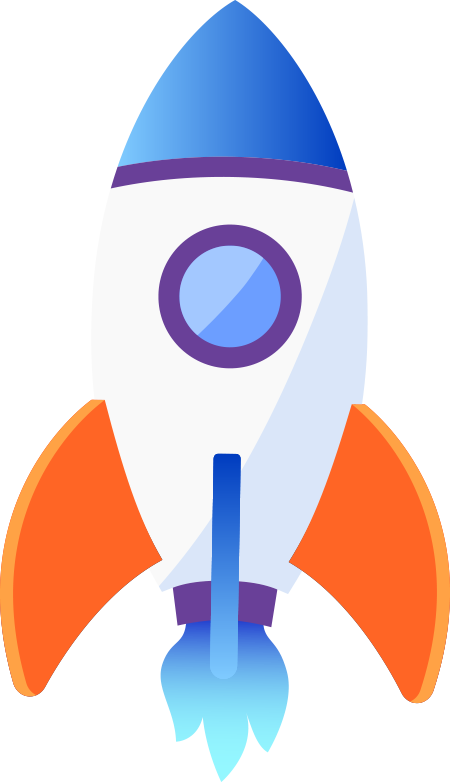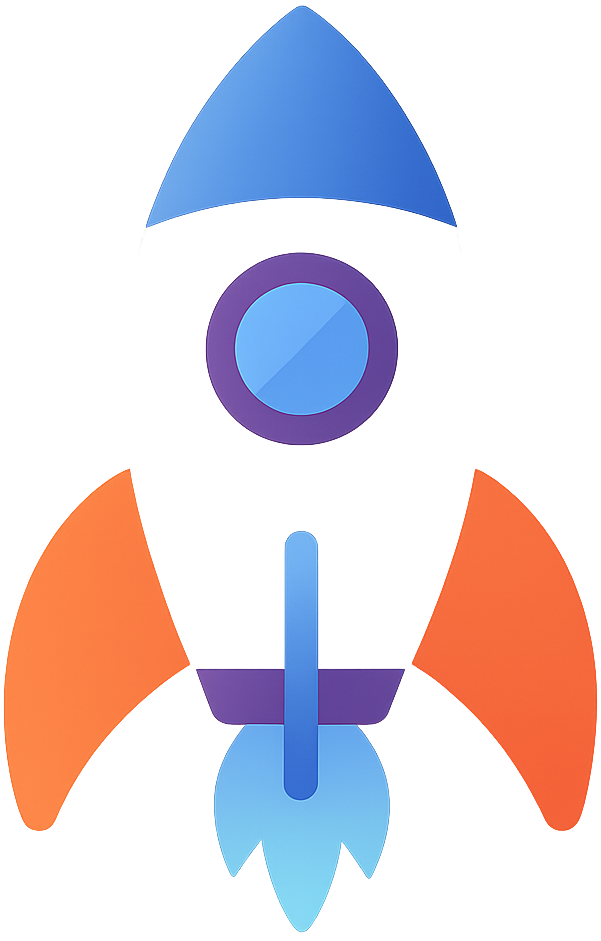
A Deep Look at Cost Efficiency and ROI in Autonomous Sales Systems
The economics of sales are undergoing the largest transformation in two decades. For the first time in history, fully autonomous sales pipelines—not just automated workflows—are outperforming human-led teams across every major financial metric: cost, margin, speed, CAC efficiency, lifetime value, and revenue predictability. To see how this fits into the broader pattern of 2025 AI adoption, explore the AI Sales Analysis & Trends hub.
New research from McKinsey’s 2025 Automation P&L Index shows that AI-driven pipelines reduce end-to-end cost-per-acquisition by up to 78%, increase lead-to-revenue speed by up to 64%, and improve forecasting accuracy by over 50%. These gains are not the product of minor efficiencies—they’re the result of structural changes to how revenue operations function. To dive deeper into AI’s data-driven effects on sales performance, see our analysis of Data Gravity in AI Sales.
This article breaks down the full economics of autonomous pipelines: from variable cost elimination to cash-flow acceleration to margin expansion. It also explains how the AI Sales Team platform integrates multiple agents like Bookora, Transfora, Closora, and Primora to streamline revenue operations.
Why Traditional Sales Teams Have Broken Economics
The traditional sales model is expensive, inconsistent, and structurally inefficient. Human-led teams face five unavoidable financial limitations:
• High labor cost (base + commissions + bonuses)
• Performance variance across reps
• Limited scalability during high-volume surges
• Inconsistent follow-up and timing
• High dependency on training and management overhead
The average human closer costs around $10,000 per month—before incentives—and even elite closers struggle to maintain consistency across long cycles. This creates unstable forecasting, unpredictable margins, and uneven acquisition economics.
The Financial Breakthrough: AI Eliminates Variable Cost Centers
Autonomous AI sales systems eliminate the largest variable cost in revenue operations: human labor. Once deployed, the marginal cost of additional sales capacity approaches zero. This is why Forrester’s 2025 Autonomous Economics Report lists “labor displacement of high-cost closing roles” as the single greatest lever for cost efficiency.
AI does not get slower with more volume. It gets more efficient—creating compounding margin improvements. Learn more about AI Sales Team dynamics in our AI Sales Team guide.
Zero-Margin Scaling: The New Revenue Model
Human teams scale linearly: more reps = more cost. Autonomous pipelines scale near-infinitely: more interactions = more intelligence, with no additional labor cost. That is why autonomous systems create zero-margin scaling.
Companies leveraging AI Sales Force tier architecture (Gear → Drive → Turbo → Supercharger → Powerhouse → Enterprise) experience:
• Cost-per-conversation collapsing
• Cost-per-transfer collapsing
• Cost-per-close collapsing
• Cost-per-acquisition collapsing
Every layer of the funnel becomes more profitable as volume increases. To scale your operations efficiently, review the AI Sales Fusion Pricing tiers for a breakdown.
Why Closora Is the Economic Engine of Autonomous Pipelines
No financial lever has more impact than autonomous closing. Closora is the world’s only AI closer engineered with real sales psychology and capable of collecting payment before intake—turning traditionally unpredictable human conversions into consistent, machine-level outcomes.
Psychology-driven closing algorithms produce:
• Higher close rates
• Lower variance
• More predictable cash flow
• Faster revenue cycles
• Higher day-one profitability
This predictability stabilizes pipeline economics across the entire funnel. To see how Closora works in practice, explore Closora’s details.
Autonomous Pipelines Create Superior Unit Economics
Unit economics—CAC, LTV, margin spread—determine whether a sales operation scales profitably. AI systems outperform human teams across all three:
1. CAC Reduction
AI collapses acquisition cost by eliminating the labor component in the funnel—especially during qualification, follow-up, objections, and closing.
2. LTV Expansion
Consistent timing, perfect follow-up, and psychology-driven closing increase customer onboarding success and downstream revenue.
3. Margin Expansion
Human costs vanish while performance increases—creating a wider profit band.
Time-to-Revenue Acceleration
McKinsey’s 2025 Revenue Velocity Study reveals that AI-led pipelines accelerate time-to-revenue by up to 64%. This is because:
• AI follows up instantly
• AI never delays between steps
• AI closes 24/7
• AI does not experience fatigue
This acceleration instantly improves cash flow—a critical advantage for scaling companies and enterprise operations alike.
The Cash Flow Equation: Why AI Pipelines Outperform
Cash flow improves dramatically when closing becomes autonomous. With Closora collecting payment before intake, companies remove one of the largest friction points in the entire revenue cycle.
This produces:
• Faster settlements
• Reduced invoicing lag
• Reduced churn caused by failed handoffs
• Increased day-one revenue capture
Combined with predictive intent modeling and multi-agent orchestration, autonomous pipelines create cash-flow stability unmatched by human teams. Learn more about the impact of Primora’s automated setup for seamless integration.
Forecasting Accuracy: The Hidden Economic Advantage
Unpredictable human performance is the largest cause of forecasting volatility. AI eliminates this volatility through:
• Stable decision-making
• Consistent closing logic
• Psychological mirror-patterning
• Controlled routing sequences
Harvard Business Review reports that volatility reduction alone creates a 12–21% margin increase due to improved operational planning.
Why Multi-Agent Systems Multiply ROI
Single-agent tools produce linear ROI. Multi-agent ecosystems produce exponential ROI because they eliminate friction across multiple points of the funnel. Learn about the core agents in our AI Signal Tracking for Hot Prospects article.
The AI Sales Team (Bookora → Transfora → Closora → Primora) eliminates bottlenecks at:
• Scheduling
• Routing
• Qualification
• Objection handling
• Closing
• Payment capture
• Intake
Each agent compounds the economic value of the others.
The Economics of 24/7 Throughput
Human teams operate on schedules. AI pipelines operate continuously. Gartner identifies 24/7 throughput as one of the top three drivers of AI-led revenue expansion. Discover how our Turbo tier facilitates this.
Prospects convert at unconventional hours—early mornings, late nights, weekends—and AI is there every time.
Infrastructure Efficiency: AI Sales Force Tier Economics
The AI Sales Force platform is structured to match cost efficiency with throughput demand:
• Gear → early-stage automation
• Drive → consistent follow-up and booking
• Turbo → high-volume predictive routing
• Supercharger → advanced multi-agent orchestration
• Powerhouse → enterprise-level throughput
• Enterprise → full autonomous revenue systems
Each tier increases output without increasing marginal cost.
Final Thoughts: Autonomous Pipelines Win Because Economics Never Lie
The companies winning in 2025 are not doing so because they have “better teams” or “better scripts.” They’re winning because their economics have fundamentally changed. Autonomous pipelines are cheaper, faster, more predictable, and far more efficient than human-led systems—making traditional sales structures economically obsolete. To see how your team can optimize its strategy, check out our AI Sales Team.


